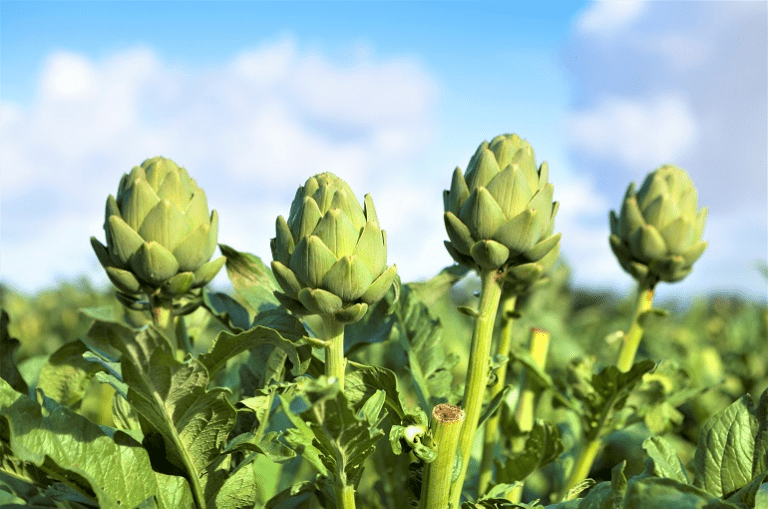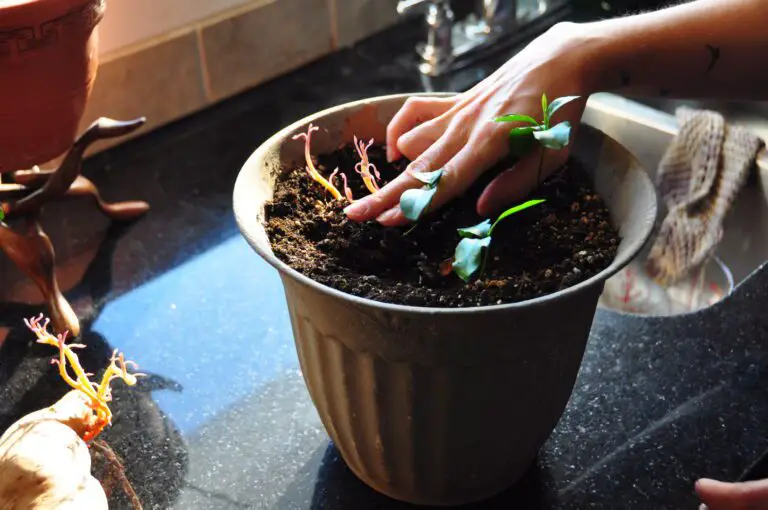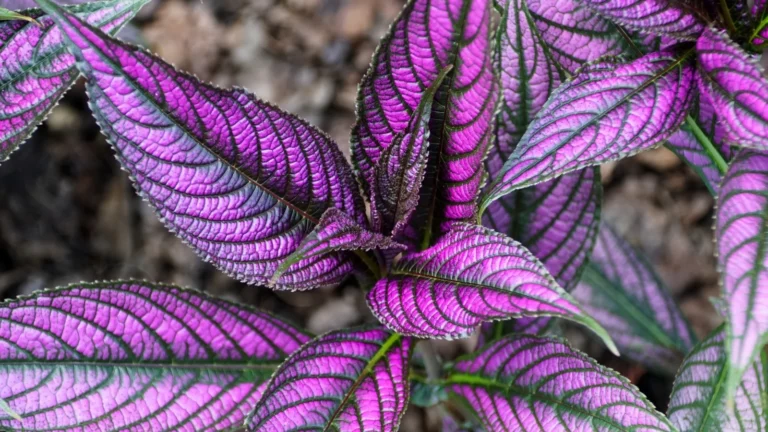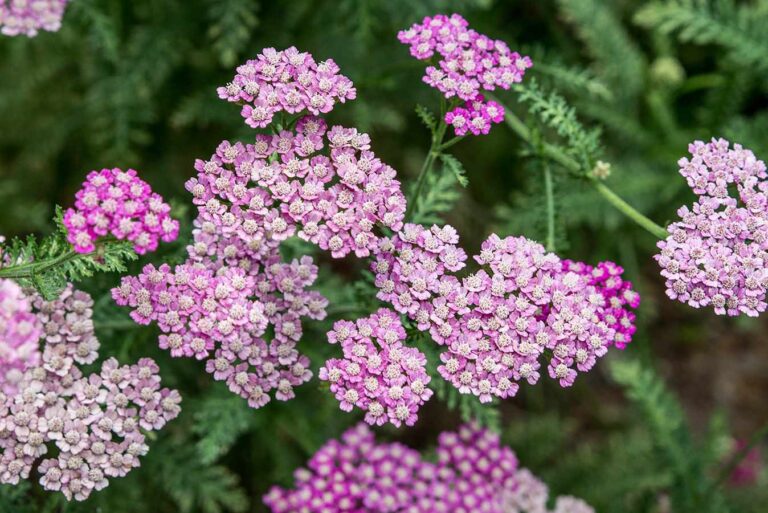Lettuce Bolting: Mastery of super through Prevention and Management
Table of Contents
Signs of Bolting in Lettuce Bolting Plants
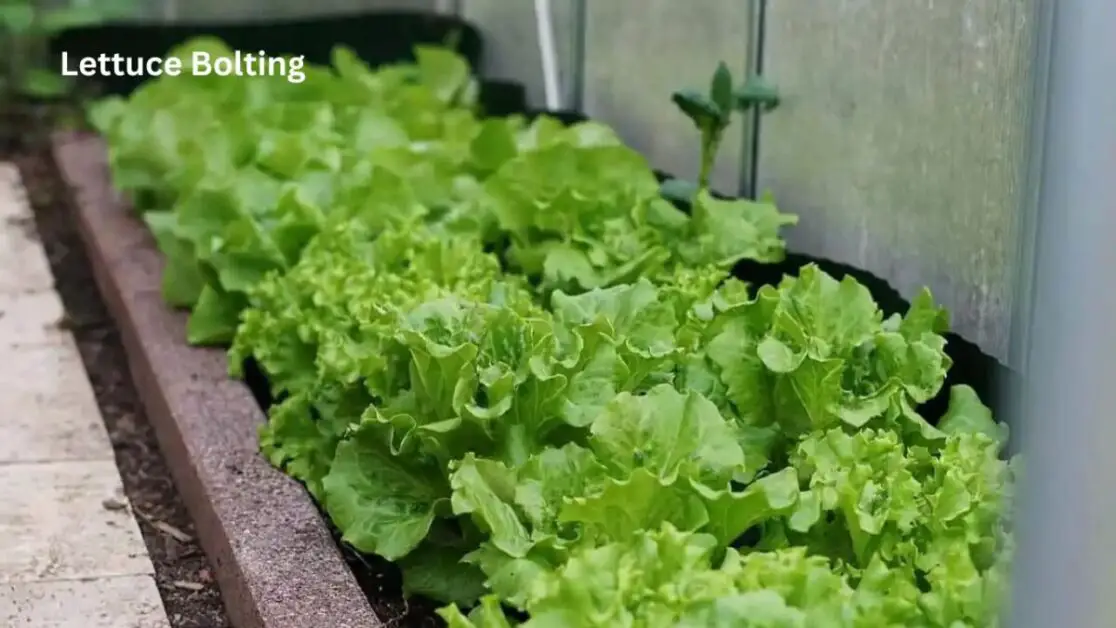
When lettuce bolting plants start exhibiting signs of bolting, it’s essential for gardeners to take immediate action to prevent a decline in the plant’s quality. One of the primary indicators of bolting in lettuce is the sudden elongation of the plant’s central stalk, leading to the formation of a tall, spindly structure that may start to produce flowers and seeds. This rapid vertical growth is a clear sign that the lettuce plant is shifting its focus towards reproduction rather than producing edible leaves, compromising its taste and texture.
In addition to the noticeable elongation of the central stalk, another telltale sign of bolting in lettuce bolting is the development of bitter-tasting leaves. As the plant redirects its energy towards flowering and seed production, the leaves often become increasingly bitter and less palatable, making them unsuitable for consumption. Gardeners should be vigilant in monitoring their lettuce plants for these key indicators of bolting to intervene promptly and salvage the remaining edible portion of the plant.
Understanding the Causes in lettuce bolting
Bolting in lettuce plants is a common phenomenon that can be frustrating for many gardeners. The primary cause of bolting in lettuce bolting is the plant’s response to stress, particularly environmental factors such as temperature fluctuations and changes in day length. When lettuce plants experience stress, they shift their focus from leaf development to producing flowers and seeds in an attempt to ensure their survival.
Additionally, certain lettuce varieties are genetically predisposed to bolt more quickly than others. Understanding the genetics of the lettuce bolting cultivar you are growing can help predict its tendency to bolt. Factors such as plant age, spacing, and nutrient availability also play a role in triggering the bolting process. By recognizing these various causes of bolting, gardeners can take proactive measures to mitigate stressors and optimize growing conditions to minimize the risk of premature bolting in their lettuce bolting plants.
Choosing Resistant lettuce bolting Varieties
When selecting lettuce bolting varieties for your garden, choosing bolt-resistant types can help ensure a successful harvest. Bolt-resistant lettuce varieties are specially bred to delay or resist the natural process of bolting, which can cause the plant to prematurely produce flowers and seeds, leading to bitter-tasting leaves. Look for varieties such as ‘Nancy’, ‘Red Sails’, ‘Summertime’, and ‘Crispino’ that are known for their bolt-resistant qualities.
By opting for bolt-resistant lettuce bolting varieties, you can prolong the harvest window and enjoy fresh, crispy leaves for a longer period. These varieties are ideal for gardeners in regions with fluctuating temperatures or those planting in late spring when the risk of bolting is higher. Additionally, incorporating a mix of bolt-resistant lettuce bolting types in your garden can diversify your harvest and provide a range of textures and flavors to enhance your culinary creations.
Optimal Growing Conditions to Prevent Bolting
To prevent in lettuce bolting plants, it is crucial to provide optimal growing conditions that discourage the plants from prematurely producing flowers and seeds. lettuce bolting thrives in cool temperatures, ideally between 60-70°F, so it is essential to plant it during the appropriate season or utilize shade cloth to moderate the temperature. Additionally, ensuring consistent moisture levels in the soil by practicing proper watering techniques, such as watering deeply and evenly, can help prevent stress that might trigger bolting.
Furthermore, maintaining adequate spacing between lettuce bolting plants allows for good air circulation, reducing the risk of crowding-induced stress that can lead to bolting. Providing a rich and well-balanced soil with adequate nutrients, especially nitrogen, potassium, and phosphorus, is also essential for healthy lettuce bolting growth and to minimize the chances of bolting. By creating these optimal growing conditions, gardeners can cultivate robust lettuce bolting plants less prone to bolting, ensuring a bountiful harvest of fresh, leafy greens.
Proper Watering Techniques for lettuce bolting Plants
Proper watering is essential for the healthy growth of lettuce bolting plants. Overwatering can lead to root rot, while underwatering can cause stress and trigger bolting. Ensure the soil remains consistently moist but not waterlogged. Consider using a drip irrigation system or a soaker hose to provide a steady and even supply of water to the plants’ root zones.
It’s important to water lettuce bolting plants in the morning to allow foliage to dry before cooler evening temperatures set in. Wet leaves during the evening can promote disease development. To determine whether your lettuce plants need water, insert your finger into the soil up to the first knuckle. If it feels dry, it’s time to water. Remember, maintaining proper watering practices can go a long way in preventing bolting in lettuce bolting plants and ensuring a bountiful harvest.
Importance of Adequate Nutrients in Preventing lettuce bolting
lettuce bolting plants require a balanced supply of nutrients to thrive and avoid the premature bolting process. Adequate levels of essential nutrients such as nitrogen, phosphorus, and potassium play a crucial role in promoting healthy leaf growth and discouraging bolting. Nitrogen, for instance, facilitates the development of lush foliage while phosphorus supports robust root systems, both contributing to the overall vigor of the plant. Potassium aids in various physiological processes, enhancing the plant’s resilience to stress and environmental factors that could trigger bolting.
In addition to the primary macronutrients, lettuce bolting also benefits from a range of micronutrients like calcium, magnesium, and iron, which are essential for enzymatic functions and overall plant health. Calcium, in particular, helps maintain cell structure and integrity, reducing the susceptibility of lettuce to bolting under unfavorable conditions. Ensuring a well-balanced nutrient profile in the soil or hydroponic system promotes strong, healthy lettuce plants that are less likely to bolt prematurely, allowing for a longer harvest period and better overall productivity in the garden or greenhouse.
Companion Planting to Reduce lettuce bolting
Companion planting involves strategically placing different plant species together to maximize the benefits they can provide to one another. When it comes to reducing in lettuce bolting plants, companion planting can play a significant role in promoting healthier growth and minimizing premature flowering. Certain companion plants can help shield lettuce bolting from stress factors that often trigger bolting, such as extreme temperatures or inadequate moisture levels.
For instance, planting aromatic herbs like basil or cilantro near lettuce bolting can help deter pests that may contribute to stress and bolting. Additionally, intercropping with taller plants like tomatoes or sunflowers can provide shade to the lettuce bolting, keeping the soil cooler and reducing the likelihood of premature flowering. By harnessing the natural synergies that exist between different plant species, gardeners can create a harmonious environment that fosters optimal growth conditions for lettuce and mitigates the risk of bolting.
Pruning and Thinning for Bolting Prevention
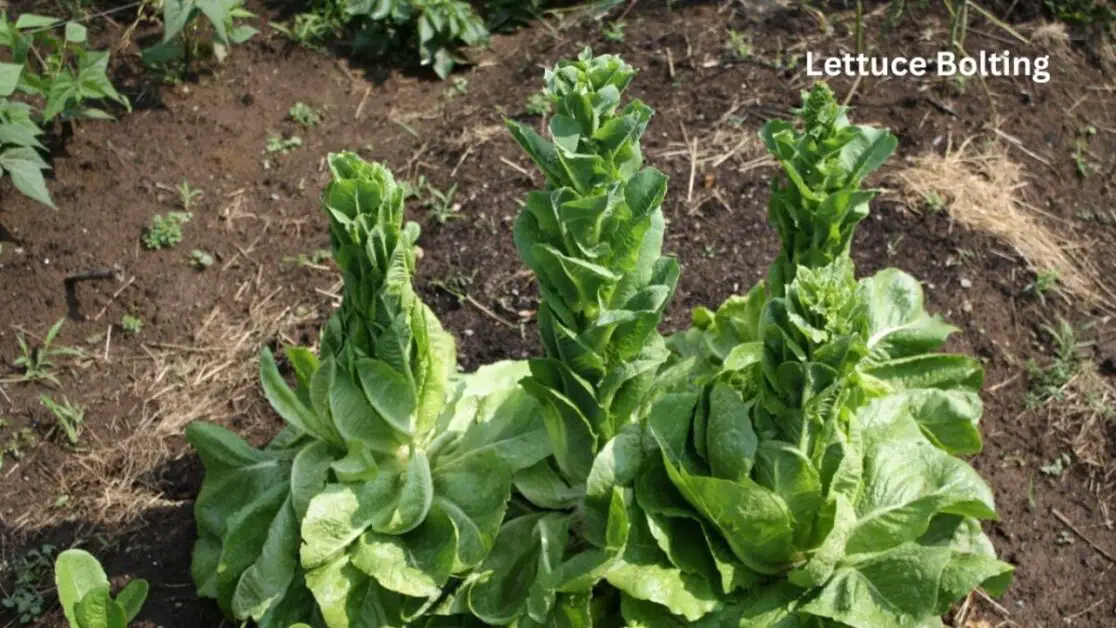
Pruning and thinning are essential practices in maintaining the health and vigor of lettuce bolting plants, as well as in preventing the onset of bolting. By removing excess foliage and crowded growth, you can improve air circulation and reduce competition for nutrients among the plants. This process helps in regulating the growth of the lettuce bolting and promotes better overall plant health, which in turn can deter bolting from occurring prematurely.
Thinning out lettuce bolting plants involves selectively removing weaker or overcrowded seedlings to allow for proper spacing between the remaining plants. This practice helps prevent crowding, which can lead to stress and trigger bolting. By spacing out the plants adequately, each lettuce bolting can access ample sunlight, nutrients, and water, reducing the likelihood of bolting and promoting healthy growth. Regularly monitoring and adjusting the spacing of your lettuce bolting plants through pruning and thinning can contribute significantly to preventing bolting and ensuring a bountiful harvest.
Managing Temperature Stress to Prevent Bolting
To prevent bolting in lettuce plants, it is crucial to manage temperature stress effectively. Lettuce is sensitive to extreme temperatures, with sudden shifts triggering the bolting process prematurely. High temperatures, especially above 75°F (24°C), can signal to the lettuce plant that it is time to produce flowers and set seeds. Similarly, exposure to cold temperatures, below 45°F (7°C), can also induce bolting as the plant perceives it as a threat to its survival, prompting it to reproduce quickly.
Maintaining consistent and optimal temperatures is essential for preventing bolting in lettuce. For most lettuce varieties, the ideal temperature range for growth is between 60-70°F (15-21°C). Providing shade during the hottest parts of the day or using shade cloths can help regulate the temperature and shield the plants from excessive heat stress. Additionally, utilizing row covers or cold frames in cooler weather can protect the lettuce from sudden drops in temperature, reducing the risk of bolting and ensuring a healthy harvest.
Controlling Pests and Diseases to Avoid Bolting
Pests and diseases can significantly impact the health and productivity of lettuce plants, potentially leading to bolting if left unchecked. Common pests such as aphids, caterpillars, and leafminers can damage the leaves and stems of lettuce, creating stress that may trigger bolting. Proper pest management techniques, including the use of insecticidal soaps, neem oil, or beneficial insects like ladybugs, can help control these pests and reduce the risk of bolting in your lettuce crops.
In addition to pests, diseases like downy mildew, lettuce mosaic virus, and fusarium wilt can weaken lettuce plants, making them more susceptible to bolting. Implementing preventative measures such as crop rotation, proper sanitation practices, and selecting disease-resistant lettuce varieties can help minimize the impact of diseases on your plants. Regular monitoring of your crops, quick identification of pest and disease problems, and prompt action to address them are crucial steps in controlling pests and diseases to avoid bolting in lettuce plants.
Harvesting Strategies to Prevent Bolting
When it comes to harvesting lettuce to prevent bolting, timing is crucial. Lettuce leaves should be harvested when they are young and tender, typically before they reach full maturity. By harvesting the outer leaves of the plant first, you can encourage continued growth and prevent the plant from diverting its energy into bolting.
Another effective strategy to prevent bolting through harvesting is to pick lettuce early in the morning when the leaves are crisp and full of moisture. This not only ensures better flavor and texture but also helps in preserving the quality of the lettuce for a longer period. Regularly harvesting your lettuce and not allowing it to become overgrown can also contribute to reducing the likelihood of bolting.
Storing Lettuce to Extend its Shelf Life
Properly storing lettuce is crucial to prolonging its shelf life and maintaining its freshness. After harvesting or purchasing lettuce, it is essential to remove any damaged or wilted leaves before storing. Then, gently wash the lettuce leaves in cold water, ensuring all dirt and debris are removed. Once cleaned, dry the leaves thoroughly using a salad spinner or by patting them with paper towels. Excess moisture can lead to wilting and decay, so it is important to ensure the leaves are completely dry before storing.
Once the lettuce leaves are cleaned and dried, it is best to store them in a resealable plastic bag or an airtight container lined with a paper towel to absorb any excess moisture. Place the container in the crisper drawer of the refrigerator, which helps maintain the optimal temperature and humidity for lettuce storage. Avoid storing lettuce near fruits like apples or bananas, as they release ethylene gas that can cause the lettuce to spoil more quickly. By following these simple storage guidelines, you can extend the shelf life of your lettuce and enjoy crisp, fresh salads for a longer period.
Utilizing Shade Cloth to Prevent Bolting
Shade cloth can be a valuable tool in preventing bolting in lettuce plants, especially during the hotter months of the year. By providing a shield from direct sunlight, shade cloth helps regulate the temperature around the plants, reducing stress and signaling that can lead to premature flowering. When selecting shade cloth, opt for a material with around 30-50% shade density to offer the ideal balance of protection without blocking too much sunlight necessary for photosynthesis.
Proper installation of the shade cloth is essential for its effectiveness. Ensure that the cloth is positioned above the lettuce plants, allowing for adequate air circulation and preventing heat buildup underneath. Regularly check the tension of the cloth to prevent it from sagging onto the plants, which could hinder growth and lead to issues like mold or disease. Additionally, monitor the weather conditions and adjust the shade cloth accordingly to provide the optimal protection against bolting.
Seasonal Considerations for Lettuce Growth
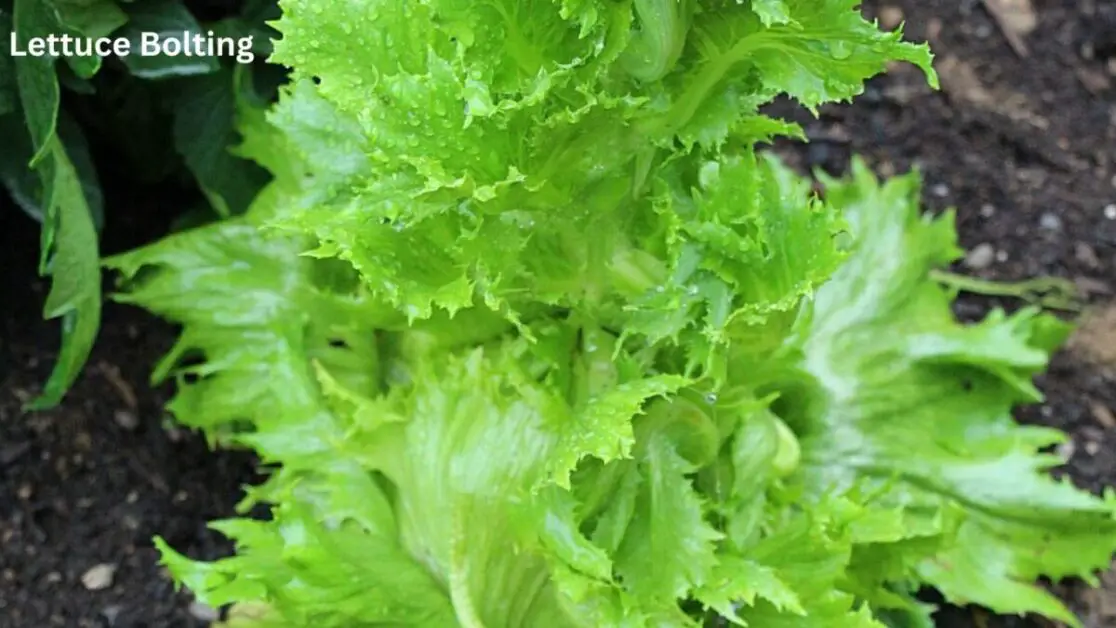
Lettuce growth is greatly influenced by the changing seasons. Understanding the seasonal considerations for lettuce cultivation is essential for ensuring a successful harvest. During the spring and fall, when temperatures are cooler, lettuce thrives best. In these seasons, the mild weather helps prevent premature bolting and allows lettuce to develop crisp and flavorful leaves. However, in the heat of summer, lettuce is more prone to bolting due to stress from high temperatures. To mitigate this, consider planting heat-tolerant varieties and providing shade during the hottest parts of the day.
As winter approaches, it’s important to protect lettuce from frost damage. Cold temperatures can cause wilting and discoloration in lettuce leaves, affecting both the quality and yield of the crop. Utilizing row covers or cold frames can help shield lettuce from extreme cold and frost, extending the growing season into the winter months. Additionally, adjusting watering practices during the winter is crucial, as lettuce plants require less water in cooler weather. By adapting your approach to lettuce cultivation based on the seasonal changes, you can optimize growth and minimize the risk of bolting for a bountiful harvest year-round.
Here’s a simple table outlining the phenomenon of lettuce bolting:
| Aspect | Description |
|---|---|
| Definition | Bolting refers to the premature flowering and subsequent seed production in lettuce plants. |
| Trigger Factors | – High temperatures |
| – Extended daylight hours | |
| – Water stress | |
| – Plant maturity | |
| Effects | – Bitter taste in leaves |
| – Reduced leaf quality and texture | |
| – Decreased yield | |
| – End of vegetative growth phase | |
| Prevention | – Planting at appropriate times of the year (e.g., cooler seasons) |
| – Providing adequate shade or using shade cloth during hotter periods | |
| – Regular watering to maintain consistent soil moisture levels | |
| – Harvesting leaves promptly and regularly to prevent plants from reaching maturity and initiating bolting | |
| – Choosing bolt-resistant lettuce varieties when possible | |
| Management | – Removing bolted plants promptly to prevent them from diverting energy into seed production |
| – Continuous planting to ensure a steady supply of lettuce throughout the growing season |
This table provides a brief overview of lettuce bolting, including its definition, triggering factors, effects, prevention measures, and management strategies.
Succession Planting for Continuous Harvests of lettuce bolting
Succession planting is a technique used by many gardeners to ensure a continuous harvest of lettuce throughout the growing season. By staggering the planting of lettuce seeds or seedlings at regular intervals, you can enjoy a steady supply of fresh greens without the risk of a sudden surplus or shortage. This method maximizes productivity by ensuring that you have mature lettuce ready for harvest while new plants are still growing, creating a seamless transition from one crop to the next.
To effectively implement succession planting for lettuce, it is important to consider the specific requirements of the lettuce variety you are growing, as well as the climate and weather conditions in your region. By planning your planting schedule carefully and choosing varieties with varying maturity dates, you can optimize your yield and extend the harvest period. Additionally, maintaining proper soil fertility, moisture levels, and pest control measures throughout the growing season will contribute to the success of your succession planting strategy.
What is succession planting and how can it help with continuous harvests of lettuce?
Succession planting involves planting new crops as soon as old ones are harvested, allowing you to have a continuous supply of lettuce throughout the growing season.
Can I succession plant different varieties of lettuce?
Yes, you can succession plant different varieties of lettuce to have a mix of flavors and textures in your harvests.
How often should I plant new lettuce crops for succession planting?
You can plant new lettuce crops every 2-3 weeks to ensure a steady supply of fresh lettuce.
Are there specific lettuce varieties that are better for succession planting?
Look for lettuce varieties that have a quick growing cycle and are resistant to bolting for best results in succession planting.
Do I need to amend the soil between successive plantings of lettuce?
It’s a good idea to amend the soil with compost or organic fertilizer between successive plantings to ensure that the new crops have enough nutrients for healthy growth.
Can I mix lettuce with other vegetables in a succession planting schedule?
Yes, you can mix lettuce with other vegetables in a succession planting schedule to maximize your garden space and have a variety of fresh produce to harvest.


